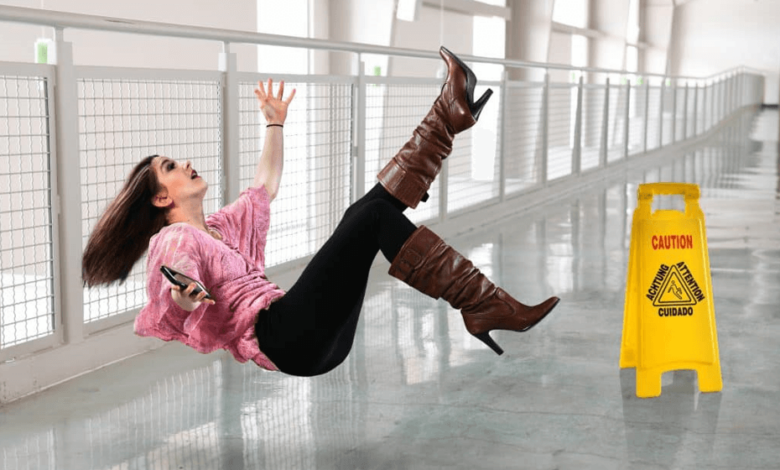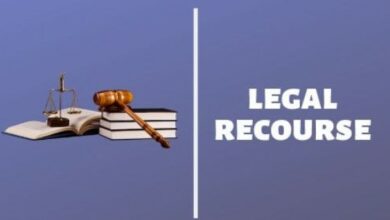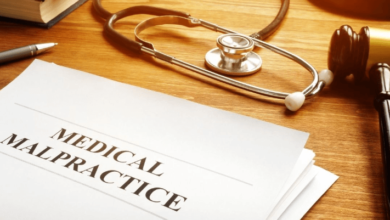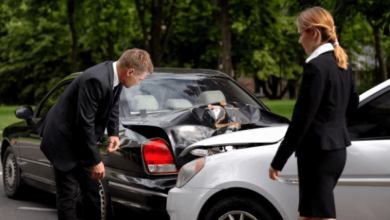Who is Liable if a Tenant is Injured in a Slip and Fall Accident?

According to a study, slip and falls are one of the leading causes of hospital emergency room visits each year. In rental properties, slip and fall accidents usually raise specific concerns regarding liability.
When a tenant is injured in a slip and fall accident, understanding the legal implications and responsibilities of landlords, property managers, and tenants themselves is crucial.
If you or someone you know has been injured in a similar way, you must call a slip and fall accident lawyer to understand your rights and options.
Understanding Slip and Fall Accidents
Slip and fall accidents occur when a person loses their footing due to hazardous conditions on a premises, leading to injuries such as fractures, sprains, or head injuries. These accidents can happen anywhere and often result in injuries such as fractures, sprains, or head trauma.
More than just physical injuries, victims of slip and fall accidents may also suffer emotional distress, medical expenses, and lost wages due to time off work.
Common causes of slip and fall accidents include:
- Wet or slippery floors
- Uneven surfaces
- Inadequate lighting, and
- Obstructions in walkways
Premises Liability Laws
Premises liability is at the core of determining liability in a slip and fall accident. Premises liability law holds property owners and occupiers responsible for injuries that occur on their property due to dangerous conditions. This area of law covers various types of properties, including residential, commercial, and public spaces.
Property owners and occupiers have a legal duty to maintain safe conditions and warn visitors about any known hazards that could cause harm. Suppose someone is injured on a property due to negligence. In that case, they may be able to seek compensation for medical expenses, pain and suffering, and other damages through a premises liability claim.
Several other parties may bear liability depending on the circumstances surrounding the incident. These parties include:
- Property Manager
- Contractors and Maintenance Personnel
- Government Entities
- Business Owners

Factors in Determining Liability
Several factors play a crucial role in determining liability in slip and fall accidents. By considering these factors, courts determine who should be held responsible for slip and fall accidents and the extent of the damages owed to the injured party. Some of these factors include:
Ownership or Control of the Property
The first factor considered is who owns or controls the property where the accident occurred. Property owners, landlords, tenants, or business operators may all have a duty of care depending on their level of control over the premises.
Read also: What are the Advantages of Hiring a Criminal Lawyer?
Knowledge of the Hazard
Liability often depends on whether the responsible party knew or should have known about the hazardous condition that caused the accident. If the party was aware of the hazard but failed to address it, they may be held liable.
Duty of Care
Property owners and occupiers owe a duty of care to visitors. The extent of this duty varies depending on the visitor’s status (invitee, licensee, or trespasser) and the circumstances of the visit.
Negligence
Negligence refers to the failure to take reasonable care to prevent foreseeable harm. In slip and fall cases, negligence may involve actions such as failing to clean up spills, neglecting maintenance, or ignoring safety regulations.
Causation
There must be a direct link between the hazardous condition and the accident. Establishing causation involves demonstrating that the condition was the proximate cause of the injuries sustained.
Comparative Fault
Some jurisdictions use comparative fault principles to allocate liability between the parties based on their respective degrees of fault. This means that even if the injured party was partially at fault, they may still be entitled to some compensation.





